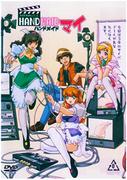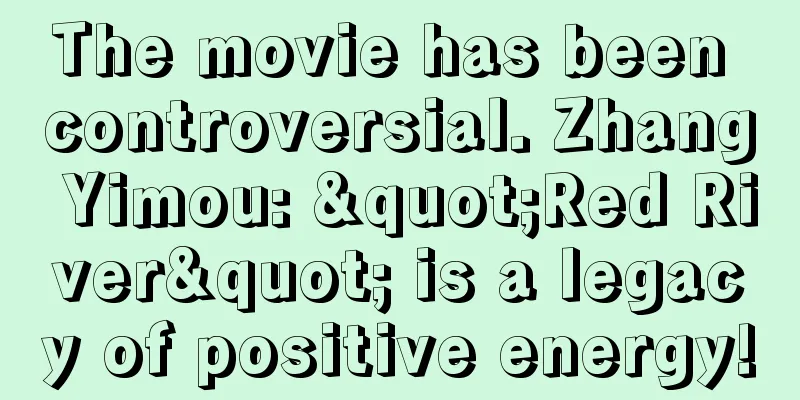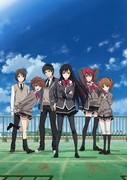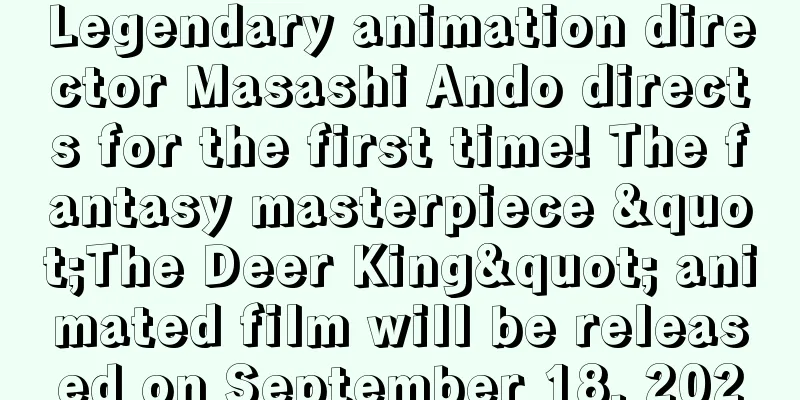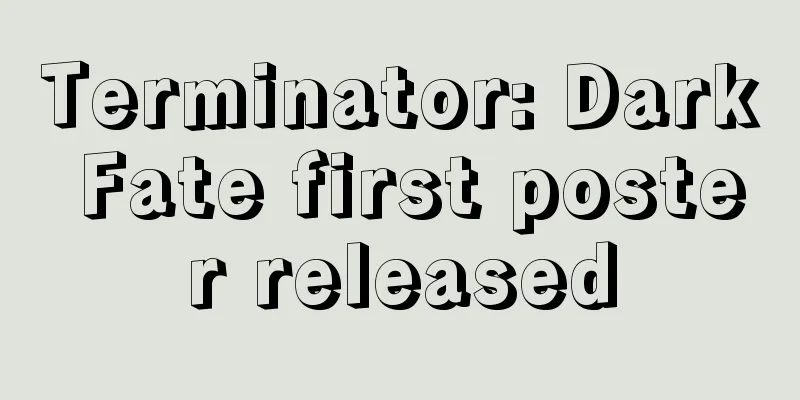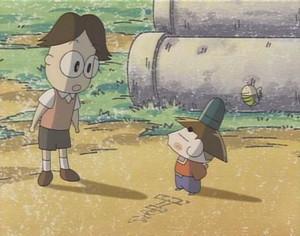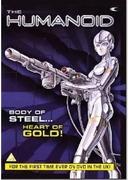The appeal and reviews of "Phoenix 2772: The Cosmozone of Love": Reevaluating the moving space adventure
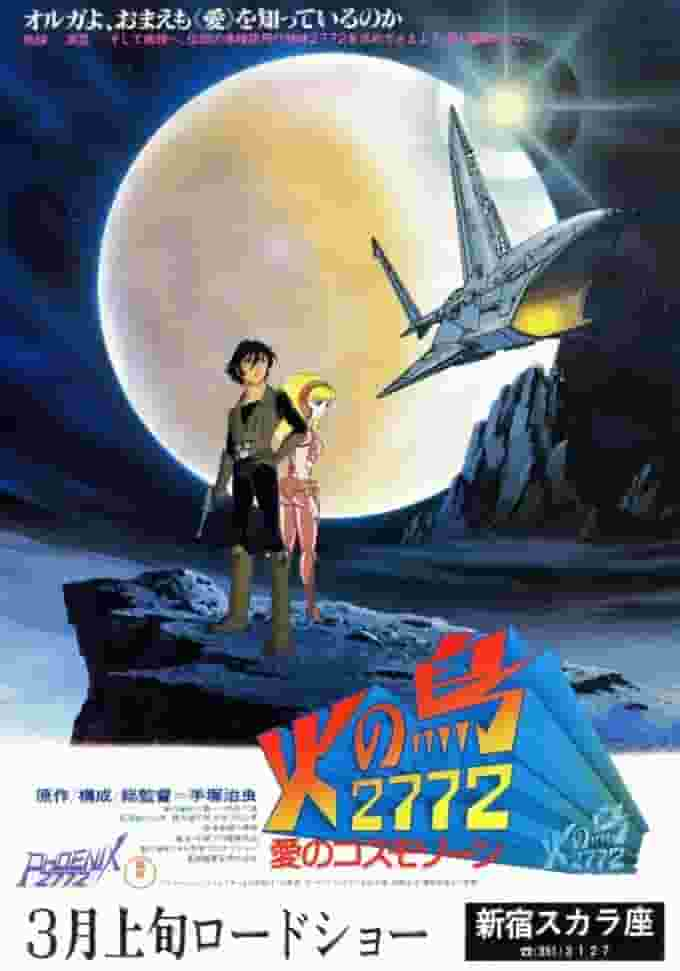
"Phoenix 2772: The Cosmozone of Love": Osamu Tezuka's magnificent space epic■ Public Mediatheater ■ Original MediaAnime Original ■ Release dateMarch 15, 1980 - January 1, 0000 ■Distribution companyToho foreign film releases ■ Eirin Number19785 ■Frequencies122 min ■ Number of EpisodesEpisode 1 ■Original Story・Original story: Osamu Tezuka ■ Director・General Director: Osamu Tezuka ■ ProductionTezuka Productions ■Works©Tezuka Productions/Toho ■ExplanationThis is an original theatrical story of "The Phoenix," which tells the story of the immortality of life. Set in a future space world, it tells the story of Godot, who shoulders the burden of humankind, passing through many trials before being elevated to godhood. As this is a challenge to full animation, the outlines of the characters are slightly blurred, which is a charming feature. It is only through challenges that the next path opens up. The entire story is filled with the desire for transformation (or the desire to transform) that is unique to Tezuka Osamu, including a fairy tale about a female robot who falls in love with a human and has her wish granted by the Phoenix. ■Cast・Godot/Kaneto Shiozawa・Ban (bearded man)/Kazuo Kumakura・Olga/Katsue Miwa・Black Jack/Masato Ibu・Rock/Shuichi Ikeda・Pincho/Kazue Takahashi・Lena/Yoshiko Fujita・Crack/Hiroshi Otake・Salta/Kazuo Kumakura・Boone/Osamu Kobayashi・Volcan/Shuichiro Moriyama・Lord Eat/Yasuo Hisamatsu・The Phoenix/Keiko Takeshita ■ Main staff・Original concept, composition, general director: Tezuka Osamu・Producers: Ichikawa Kiichi, Aketagawa Susumu・Director: Sugiyama Taku・Screenplay: Tezuka Osamu, Sugiyama Taku・Animation directors: Nakamura Kazuko, Ishiguro Noboru・Layout and mecha animation supervision: Kogawa Tomotaka・Art: Matsumoto Tsuyoshi, Ito Shinji・Settings: Motono Noriyuki, Shinohara Hakase・Mecha design: Mikuriya Satomi・Music: Higuchi Yasuo・Violin: Senju Mariko・Performance: ORCHESTRA-2772 ■Work CriticismPhoenix 2772: The Cosmozone of Love is Tezuka Osamu's epic space tale of the immortality of life and the human condition. Released in 1980, the film was produced by Tezuka Productions under the original concept and general direction of Tezuka Osamu. It was distributed by Toho Foreign Films and screened as a 122-minute animated feature film with an Eirin number of 19785. The story is set in outer space in the future. The protagonist, Godot, overcomes many trials while carrying the burden of humanity's sins, and is depicted in the process of ultimately ascending to godhood. This work is known for Tezuka Osamu's attempt at full animation, a technique in which every scene is drawn by hand, which was a technical challenge at the time. As a result, the contours of the characters are characterized by a subtle wavering, which represents Tezuka Osamu's spirit of adventure and conveys the message that it is only through challenges that the next path can be opened. This work also contains a fairy tale about a female robot who falls in love with a human and has her wish granted by the Phoenix. This shows that the desire for transformation and transformation that is unique to Tezuka Osamu is overflowing throughout the work. Tezuka Osamu's works contain deep insights into the relationship between humans and robots and the immortality of life. This work is one of them, and it gives viewers deep emotions and makes them think. ■Cast and CharactersThe cast of this work includes many talented voice actors, including Kaneto Shiozawa as Godot, Kazuo Kumakura as Ban (Bearded Man), Katsue Miwa as Olga, Masato Ibu as Black Jack, Shuichi Ikeda as Locke, Kazue Takahashi as Pincho, Yoshiko Fujita as Rena, Hiroshi Otake as Krack, Kazuo Kumakura as Salta, Osamu Kobayashi as Boone, Shuuichi Moriyama as Volcan, Yasuo Hisamatsu as Lord Eat, and Keiko Takeshita as the Firebird. Let's take a closer look at the roles and performances of each character. Godot is an important character who portrays the process of ascending to godhood while carrying the burden of human sins. Kanehito Shiozawa's voice realistically expresses Godot's suffering and growth. Ban (Bearded Man) is an important character who supports Godot's journey, and Kazuo Kumakura's voice enhances his presence. Olga appears as a female robot who falls in love with a human. Katsue Miwa's voice expresses Olga's purity and sadness. Black Jack is a familiar character from other works by Osamu Tezuka, and Masato Ibu's voice conveys his character well. Each character, such as Locke, Pincho, Rena, Crack, Salta, Boon, Volcan, and Lord Eat, enriches the story. And Keiko Takeshita, who plays the Firebird, firmly expresses his mysterious presence. ■Staff and productionMany staff members, including Osamu Tezuka, were involved in the production of Phoenix 2772: Cosmozone of Love. Tezuka Osamu was in charge of the original concept, composition, and general direction, with Ichikawa Kiichi and Aketagawa Susumu participating in the production. The director was Sugiyama Taku, and the script was written by Tezuka Osamu and Sugiyama Taku. The animation directors were Nakamura Kazuko and Ishiguro Noboru, and layout and mecha animation supervision was by Kogawa Tomotaka. The art was by Matsumoto Tsuyoshi and Ito Shinji, the settings were by Moto Noriyuki and Shinohara Hakase, and the mecha design was by Mikuriya Satomi. The music was by Higuchi Yasuo, the violin by Senju Mariko, and the performances were by ORCHESTRA-2772. The cinematography and special effects were by Yamaki Iwa, the sound by Aketagawa Susumu, the sound by Miyamoto Takashi, the editing by Inoue Kazuo, and the optical editing by Furukawa Masashi. Many staff members participated in the key animation, including Miwa Takateru, Takahashi Shinya, Masanobu Kozo, Shirakawa Tadashi, Kobayashi Junji, Nishimura Hiroshi, Kanayama Akihiro, Handa Teruo, Fujioka Masanobu, Fudagi Ikuo, Tsuchida Koichi, Tomizawa Kazuo, Kogawa Tomonori, Udagawa Kazuhiko, Nakamura Kazuko, Suzuki Shinichi, Ishiguro Noboru, Katsui Chikao, Sakaguchi Hisashi, and Tezuka Osamu. Takahashi Tomiko was in charge of color specification and finishing inspection, and Ano Takashi was the assistant director. Many staff members participated in the video, including Yutaka Kagi, Yasuhiko Ogata, Masako Kato, Kaoru Kano, Kyoko Sugiyama, Tomoko Kawaguchi, Shinji Seya, Shigeko Ishiyama, Ayumi Ibuki, Nomatoshi, Mayumi Nishimori, Yoshihiro Uchida, Yumiko Kanaumi, Yoko Kadokami, Toyomi Sugiyama, Tsuyoshi Tamaki, Atsuko Narumi, Akemi Saito, Junzo Chiba, Jiro Saruyama, Akira Kasahara, Kimie Kamada, Masayo Hanaoka, Tadashi Takahashi, Masateru Yoshimura, and others. In the background, Setsuko Ishizu, Kobayashi Production, Shichiro Kobayashi, Mitsunari Makino, Takeshi Waki, Tetsuo Anzai, Hiroshi Sasaki, Tomie Akiho, Susumu Yamamoto, Kumiko Toyama, Yukiko Kouda, Kazuko Katsui, Natsuko Ito, and others participated. Sakyo Komatsu, Gerald Cook, and Frederik Schodt participated as setting brains, Yoshio Watanabe was in charge of the opening title sequence illustrations, and Kihachi Izawa was in charge of model doll production. ■Music and videoThe music for this work was composed by Yasuo Higuchi. Yasuo Higuchi's music enhances the grandeur and beauty of the story. In particular, the performance by Mariko Senju on violin expresses the emotion of the work deeply. The performance by ORCHESTRA-2772 also enhances the atmosphere of the work. Music plays an important role in expressing the mystique of Godot's journey and the Firebird. In terms of visuals, the film used a technique called full animation. This was a challenging technique in which all scenes were drawn by hand, and was an attempt to surpass the technical limitations of the time. As a result, the contours of the characters were characterized by a subtle fluctuation, which is an expression of Tezuka Osamu's spirit of adventure and further enhances the appeal of the work. The designs by layout and mecha animation supervisor Kogawa Tomotaka and mecha designer Mikuriya Satomi also enrich the worldview of the work. The backgrounds by art director Matsumoto Tsuyoshi and Ito Shinji also realistically depict the futuristic space of outer space. ■ Theme and message"Phoenix 2772: Cosmozone of Love" is a work that explores the themes of immortality of life and the human condition. Godot's journey from trial to trial depicts how humans can transcend themselves and grow into higher beings. The episode in which a female robot falls in love with a human makes viewers think deeply about the relationship between humans and robots and the power of love. Tezuka Osamu's works always contain deep insights into humanity. This work is one of them, and it leaves viewers deeply moved and thinking. Furthermore, by using the challenging technique of full animation, the work conveys the message that only by taking on new challenges can one find a new path. Tezuka Osamu's spirit of adventure is reflected in every aspect of the work, giving courage and hope to viewers. This work is a masterpiece that brings together Tezuka Osamu's philosophy and artistry, and it continues to be loved by many people. ■ Recommendations and ratings"Phoenix 2772: Cosmozone of Love" is a magnificent space epic by Tezuka Osamu, depicting the immortality of life and the human condition. The challenging technique of full animation makes it a visually stunning work. The depth and emotion of the story are also well expressed by the talented voice actors and staff. This work is a masterpiece that brings together Tezuka Osamu's philosophy and artistry, and continues to be loved by many people. The points that make me recommend this film are, first of all, Osamu Tezuka's spirit of challenge and the resulting beautiful visuals. The technique of full animation was an attempt to overcome the technical limitations of the time, and as a result, the characteristic of the outlines of the characters shaking subtly was born. This is a manifestation of Osamu Tezuka's spirit of challenge, and gives courage and hope to the viewer. Secondly, the deep theme of the immortality of life and the karma of humans. The process in which Godot ascends to godhood through numerous trials depicts how humans transcend themselves and grow into higher beings. In addition, the episode in which a female robot falls in love with a human makes us think deeply about the relationship between humans and robots and the power of love. Thirdly, the power of the luxurious voice actors and staff. Many talented voice actors, such as Kaneto Shiozawa, Kazuo Kumakura, Katsue Miwa, Masato Ibu, Shuichi Ikeda, Kazue Takahashi, Yoshiko Fujita, Hiroshi Otake, Osamu Kobayashi, Shuichiro Moriyama, Yasuo Hisamatsu, and Keiko Takeshita, participated in the film. Additionally, many staff members, including Osamu Tezuka, participated in the project, enriching the worldview of the work. This work is a masterpiece that brings together Tezuka Osamu's philosophy and artistry, and continues to be loved by many people. It depicts profound themes such as the immortality of life and the human condition, while also using the challenging technique of full animation, making it a visually stunning work. Thanks to the efforts of the splendid voice actors and staff, the depth and emotion of the story are firmly expressed. Please give it a watch. |
<<: The appeal and evaluation of "Time Bokan Series Zendaman": Reevaluating a nostalgic robot anime
>>: Doraemon the Movie "Nobita's Dinosaur" Review: A moving story of adventure and friendship
Recommend
Marvel's Loki TV series new trailer: Tom Hiddleston winks and flirts with the stewardess
Marvel's new drama "Loki" released ...
Dragon Ball Super: Super Heroes will be released on June 11th. Masako Nozawa talks about her feelings about 36 years of Goku
The new animated film in the series, "Dragon...
"Saraba Seishun" review: Reevaluating the moving songs of everyone
Detailed review and recommendation of Farewell Yo...
The appeal and reviews of Hetalia World★Stars: A fusion of history and humor
Hetalia World★Stars - A story of humor and friend...
The trailer for the famous D&D running group CR crowdfunding animation "The Legend of Vox Machina" was released
The official trailer for "The Legend of Vox ...
The Eight Hundred is set to be released in the UK on September 16th, and the UK version trailer has been released
The UK distribution rights of the Chinese anti-Ja...
Thanksgiving season is booming! Venom 2 ranks sixth in the annual global box office chart
Last week, during the Thanksgiving holiday, Venom...
Evaluation and impressions of the original short film commemorating the theatrical release of the movie "Mr. Osomatsu"
The appeal and evaluation of "Mr. Osomatsu t...
Trailer for Richard Jewell, a film based on the 1996 Olympic bombings
Today (January 2), "Richard Jewell," ad...
The first stills from the eighth season of "Game of Thrones" are full of love!
Today, Entertainment Weekly magazine's offici...
The latest trailer of the new series "Fictional Reasoning" was released. The imaginative fantasy masterpiece will be broadcast in 20 years
The TV animation "Fictional Mystery", a...
The final Chinese trailer for "Doctor Sleep", the sequel to "The Shining", shows the nightmare coming back 35 years later
Doctor Sleep, the sequel to the highly rated horr...
The appeal and reviews of "Koikaze": A moving story and deep characters
All-round evaluation and recommendation of Koikaz...
"The Wandering Earth 2" peripheral crowdfunding exceeds 45 million, merchants call for rational consumption
"The Wandering Earth 2" has received ra...
SOL BIANCA 2: A deep look at the sequel to the space adventure
SOL BIANCA 2 overview "SOL BIANCA 2" wa...


